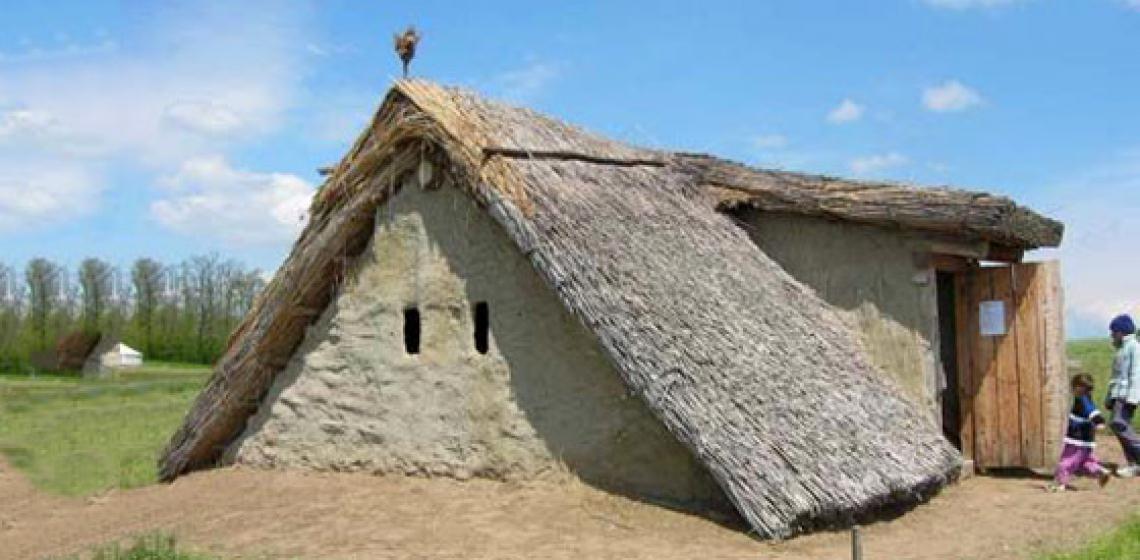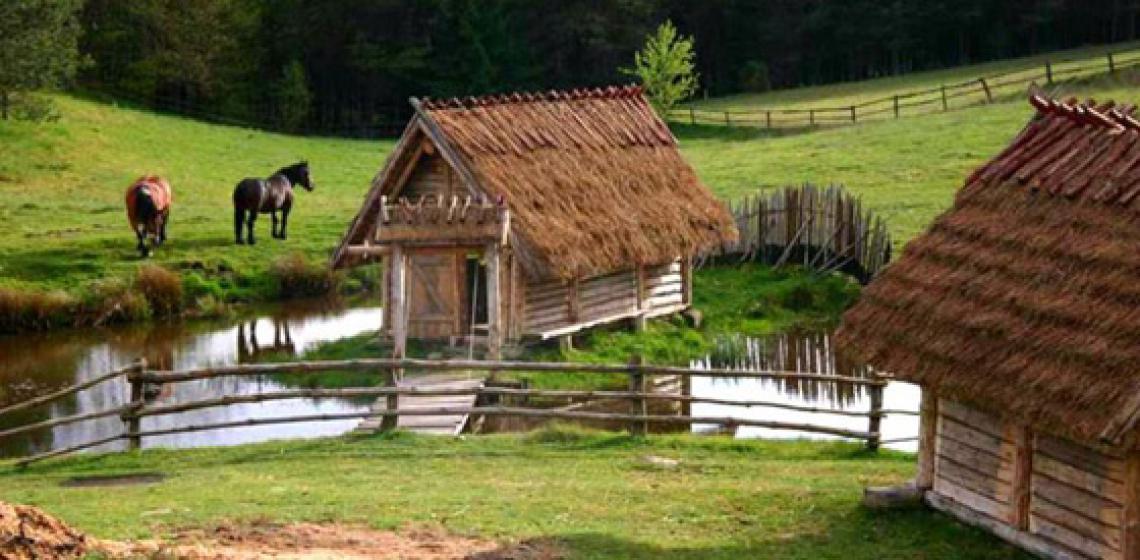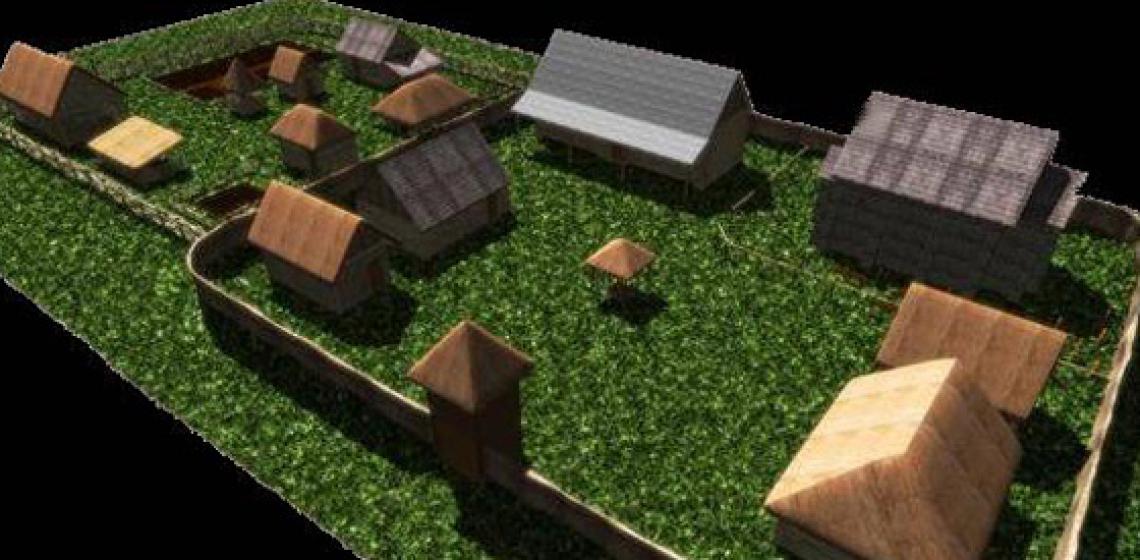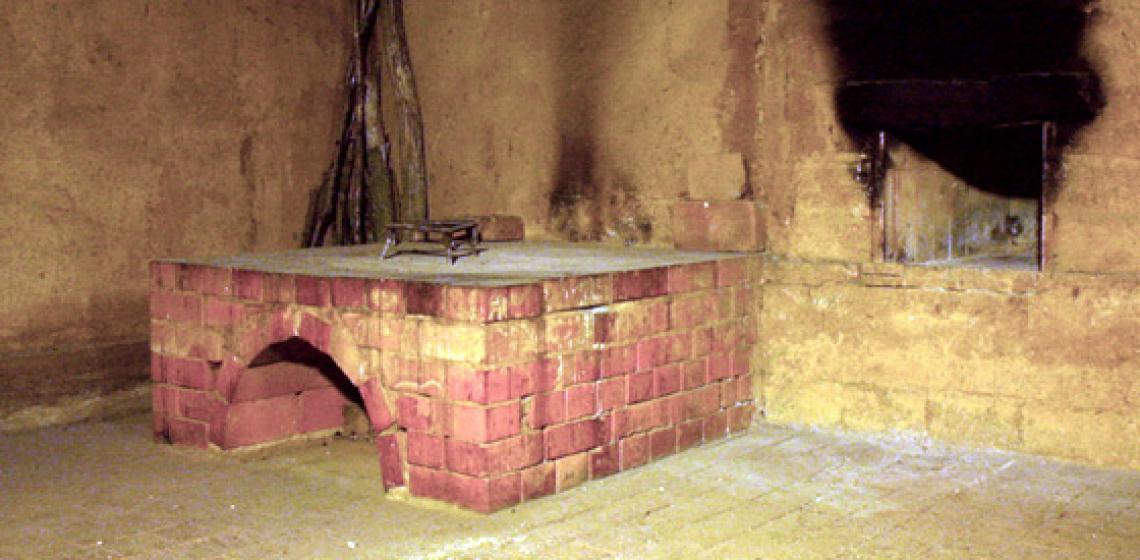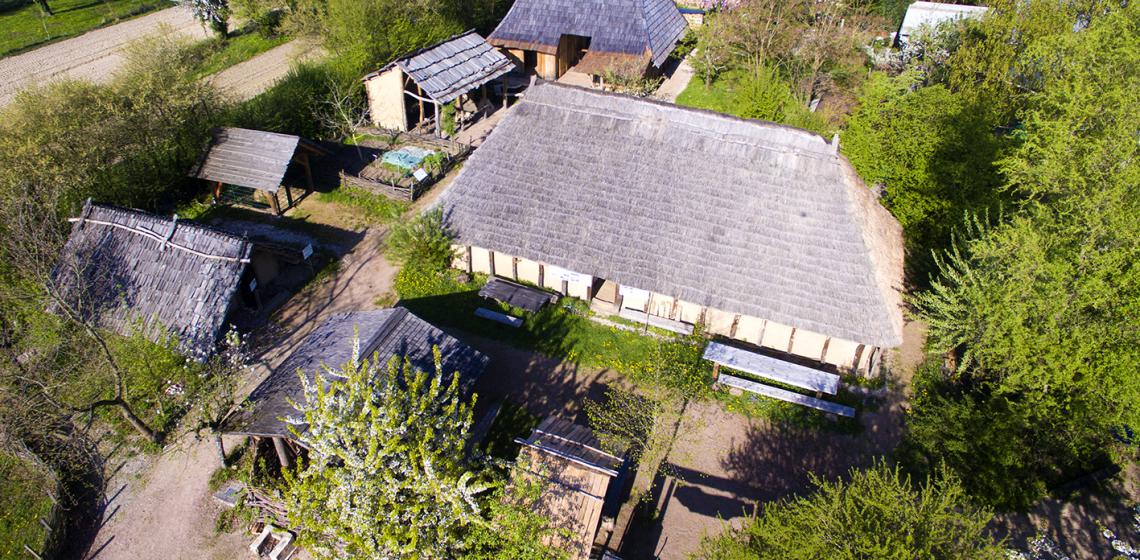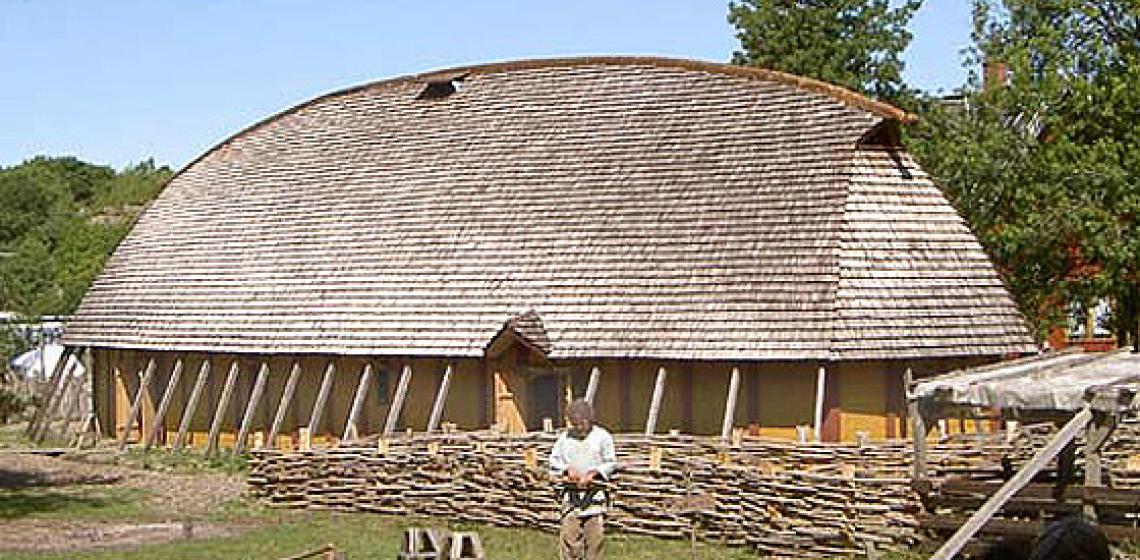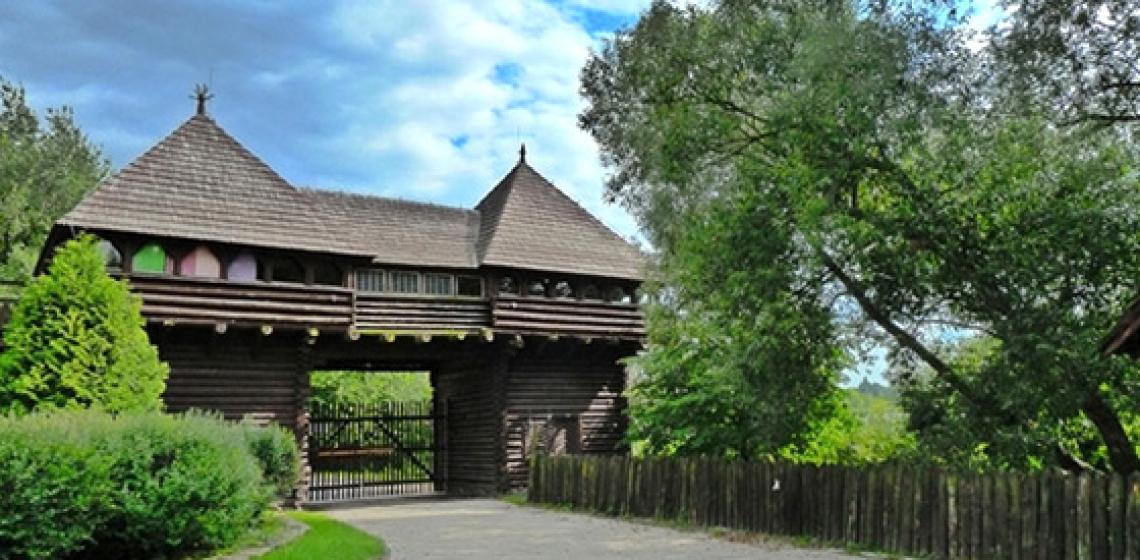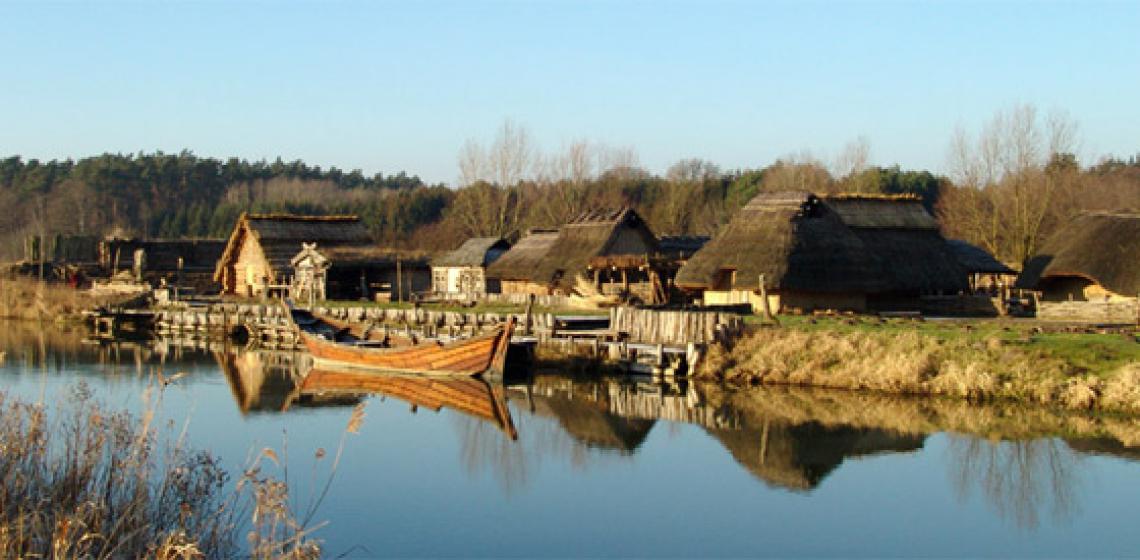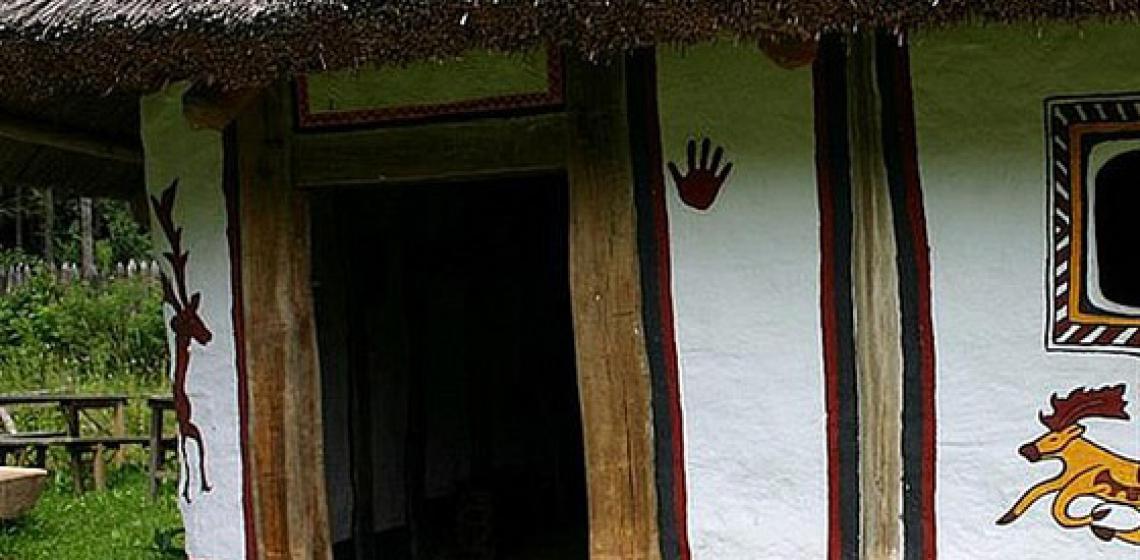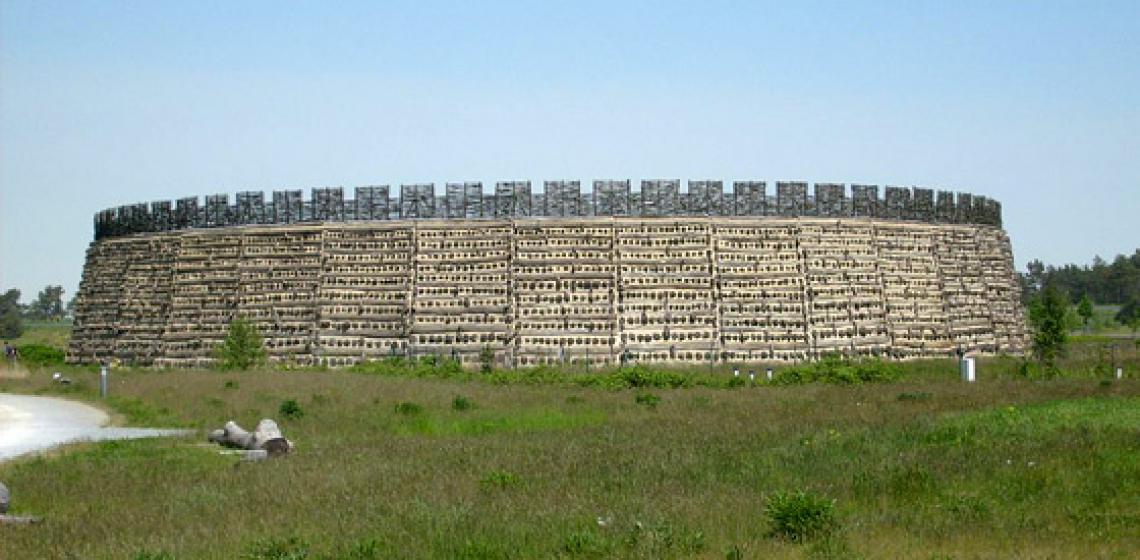Emlékpark (HU)
In the late 1980s, excavations were carried out near Kisrozvágy. A village and a cemetery with 73 graves were discovered, dating to the 9th – 11th century. Soon after, the “Bodrogköz Old Hungarian Culture Foundation” (Bodrogközi Régi Magyar Kultúra Közhasznú Alapítvány) came to life, initiated by Dr. Richard Hörcsik & Dr. Laszlo Revesz.
In the late 1980s, excavations were carried out near Kisrozvágy. A village and a cemetery with 73 graves were discovered, dating to the 9th – 11th century. Soon after, the “Bodrogköz Old Hungarian Culture Foundation” (Bodrogközi Régi Magyar Kultúra Közhasznú Alapítvány) came to life, initiated by Dr. Richard Hörcsik & Dr. Laszlo Revesz...

